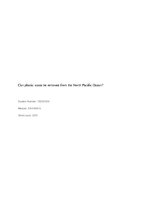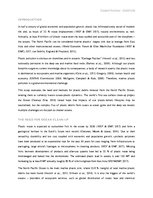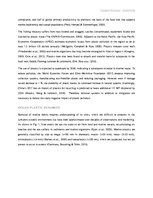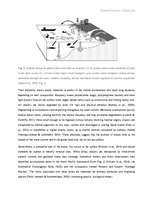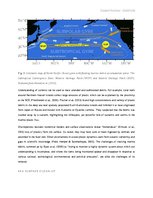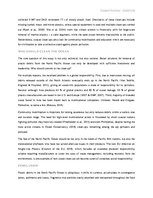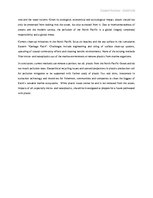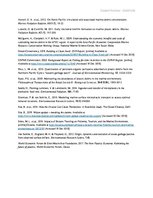-
Can Plastic Waste Be Removed from the North Pacific Ocean?
CONCLUSION
Plastic debris in the North Pacific Ocean is ubiquitous: it drifts in currents, accumulates in convergence zones, sediments and coasts, fragments into particles easily absorbed and transported throughout the food web and the water column. Given its ecological, economical and toxicological impact, plastic should not only be prevented from leaking into the ocean, but also extracted from it. Due to interconnectedness of oceans and the modern society, the pollution of the North Pacific is a global (largely corporate) responsibility and a global threat.
Current clean-up initiatives in the North Pacific focus on beaches and the sea surface in the cumulative Eastern “Garbage Patch”. Challenges include engineering and siting of surface clean-up systems, upscaling of coastal community efforts and cleaning benthic environments. None of the existing methods filter micro- and nanoplastics out of the marine environment or remove plastics from marine organisms.
In conclusion, current methods can remove a portion, not all, plastic from the North Pacific Ocean and do not match pollution rates. Geopolitical recycling issues and upward projections in plastics production call for pollution mitigation to be supported with further study of plastic flux and sinks, investment in extraction technology and incentives for fishermen, communities and companies to clean the biggest of Earth’s valuable marine ecosystems. While plastic waste cannot be and is not removed from the ocean, impacts of all, especially micro- and nanoplastics, should be investigated to prepare for a future permeated with plastic.
…
In half a century of global economic and population growth, plastic has infiltrated every sector of modern life and, as a result of 32 % waste displacement (WEF & EMF, 2017), natural environments as well. Annually, at least 8 million t of plastic waste enter the least studied and accessible part of the biosphere – the oceans. The North Pacific can be considered marine plastics’ largest sink due to leakage from East Asia and other interconnected oceans (World Economic Forum & Ellen MacArthur Foundation (WEF & EMF), 2017; van Sebille, England & Froyland, 2012). Plastic pollution is obvious on shorelines and in oceanic “Garbage Patches” (Howell et al., 2012) and less noticeably pervasive in the deep sea and marine food webs (Barnes et al.., 2009). Although our plastic footprint outgrows current knowledge about its consequences, a body of research asserts that plastic waste is detrimental to ecosystems and marine organisms (Cole et al.., 2013; Gregory, 2009), human health and economy (OSPAR Commission 2006; McIlgorm, Campbell & Rule, 2008). Therefore, marine plastic pollution is a global environmental challenge. This essay evaluates the need and methods for plastic debris removal from the North Pacific Ocean, relating them to currently known ocean-plastic dynamics. The world’s first sea surface clean-up project the Ocean Cleanup (Slat, 2014) raised hope that impacts of our plastic-reliant lifestyles may be neutralized, but the complex flux of plastic debris from coasts to ocean gyres and the deep sea reveals multiple challenges on the path to cleaner oceans.

